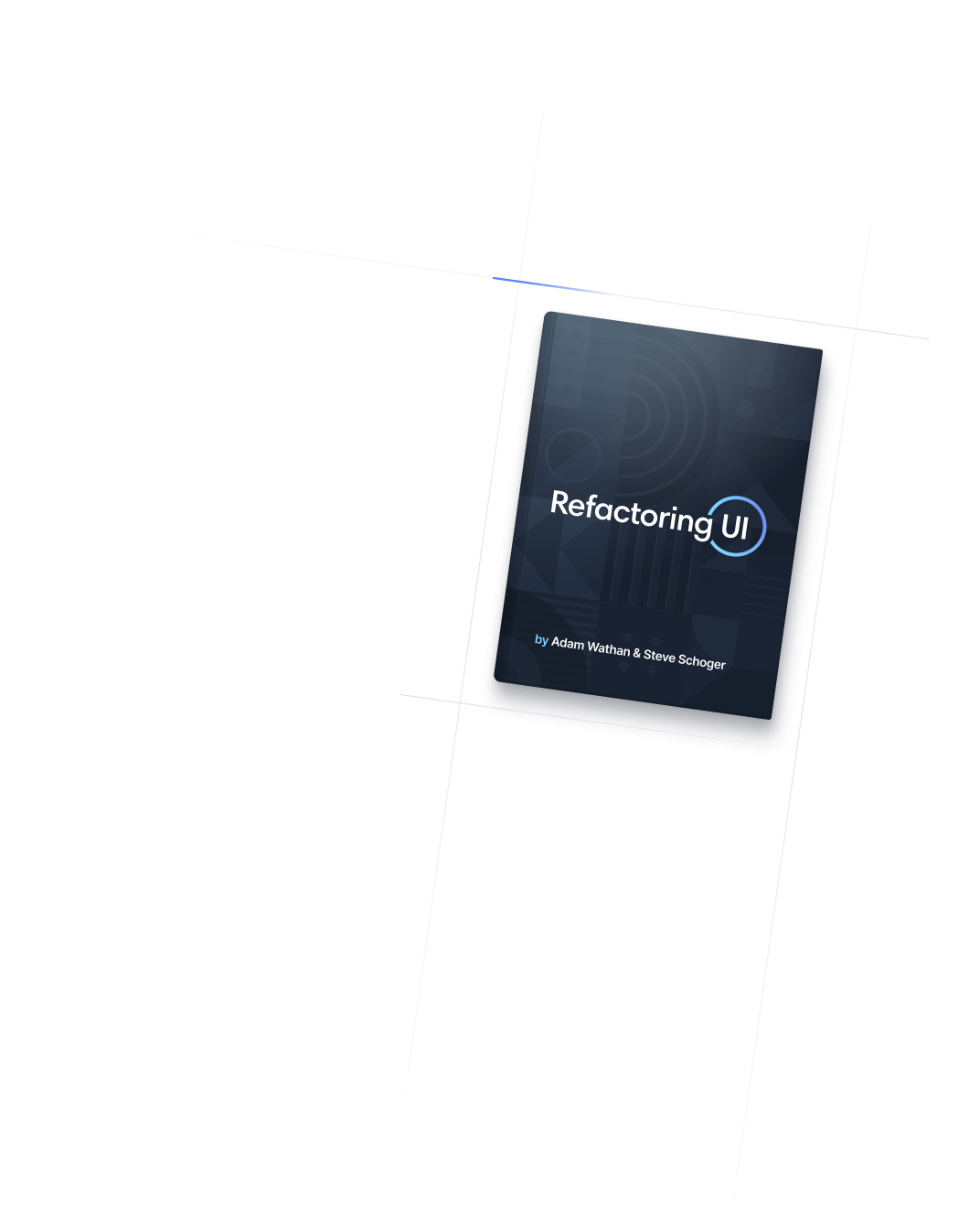
- Layout
- Container
Layout
Container
A component for fixing an element's width to the current breakpoint.
Basic usage
Using the container
The container class sets the max-width of an element to match the min-width of the current breakpoint. This is useful if you’d prefer to design for a fixed set of screen sizes instead of trying to accommodate a fully fluid viewport.
Note that unlike containers you might have used in other frameworks, Tailwind’s container does not center itself automatically and does not have any built-in horizontal padding.
To center a container, use the mx-auto utility:
<div class="container mx-auto">
<!-- ... -->
</div>To add horizontal padding, use the px-* utilities:
<div class="container mx-auto px-4">
<!-- ... -->
</div>If you’d like to center your containers by default or include default horizontal padding, see the customization options below.
Applying conditionally
Responsive variants
The container class also includes responsive variants like md:container by default that allow you to make something behave like a container at only a certain breakpoint and up:
<!-- Full-width fluid until the `md` breakpoint, then lock to container -->
<div class="md:container md:mx-auto">
<!-- ... -->
</div>Customizing
Centering by default
To center containers by default, set the center option to true in the theme.container section of your config file:
/** @type {import('tailwindcss').Config} */
module.exports = {
theme: {
container: {
center: true,
},
},
}Adding horizontal padding
To add horizontal padding by default, specify the amount of padding you’d like using the padding option in the theme.container section of your config file:
/** @type {import('tailwindcss').Config} */
module.exports = {
theme: {
container: {
padding: '2rem',
},
},
}If you want to specify a different padding amount for each breakpoint, use an object to provide a default value and any breakpoint-specific overrides:
/** @type {import('tailwindcss').Config} */
module.exports = {
theme: {
container: {
padding: {
DEFAULT: '1rem',
sm: '2rem',
lg: '4rem',
xl: '5rem',
'2xl': '6rem',
},
},
},
};
